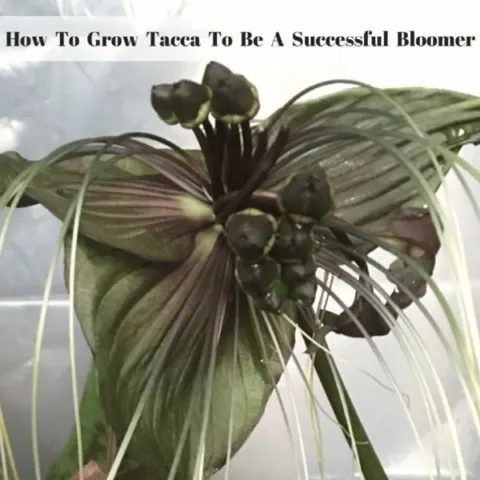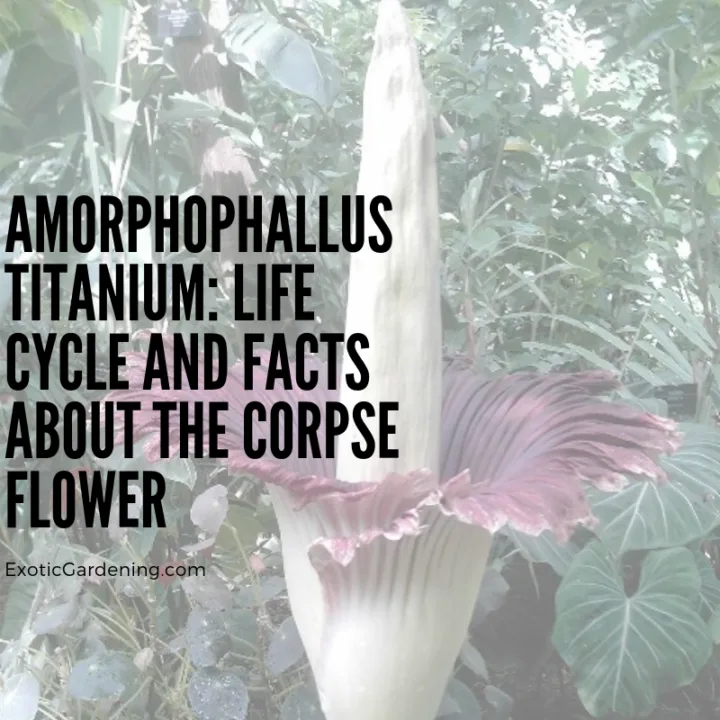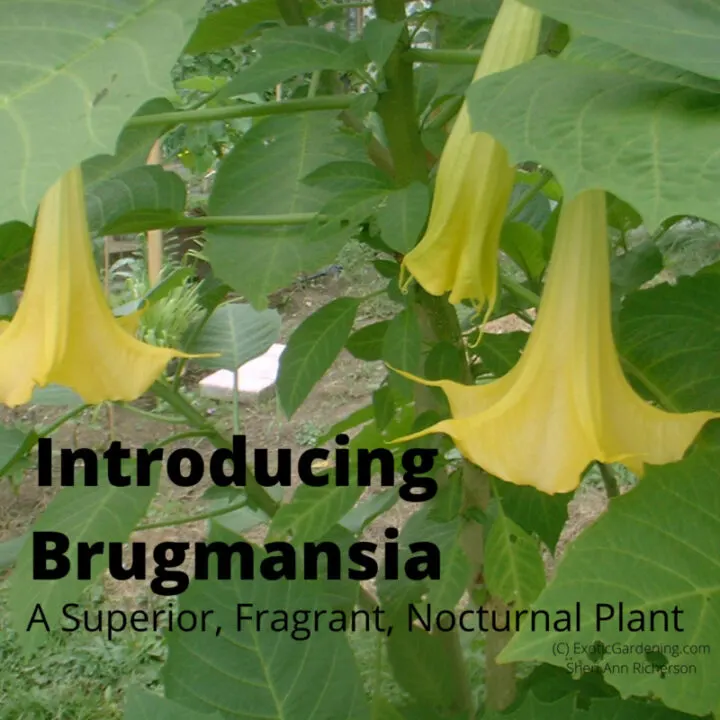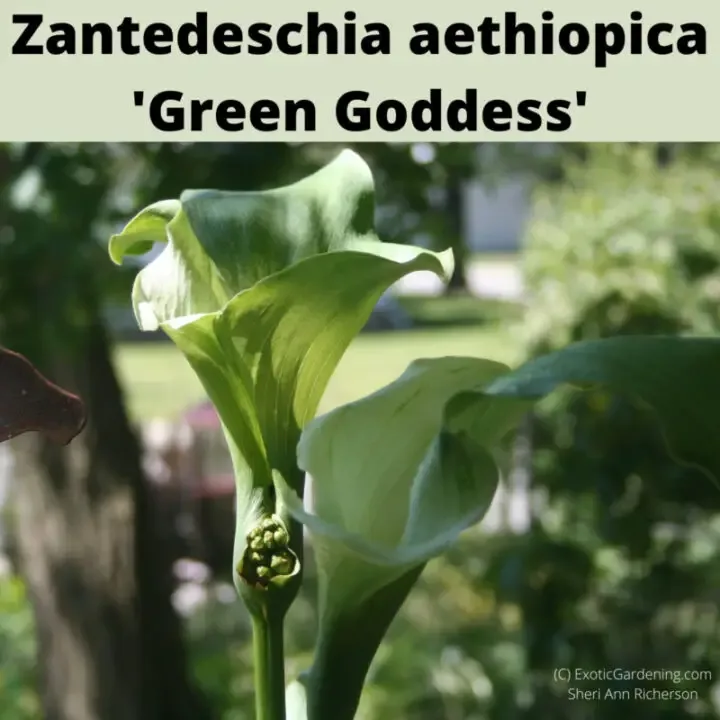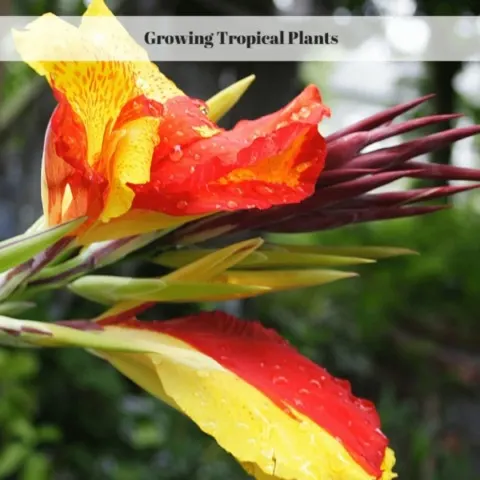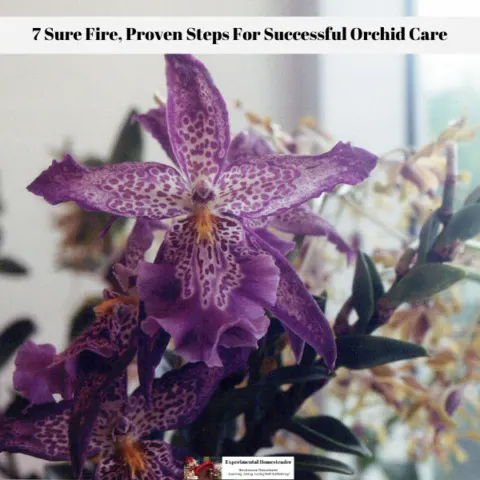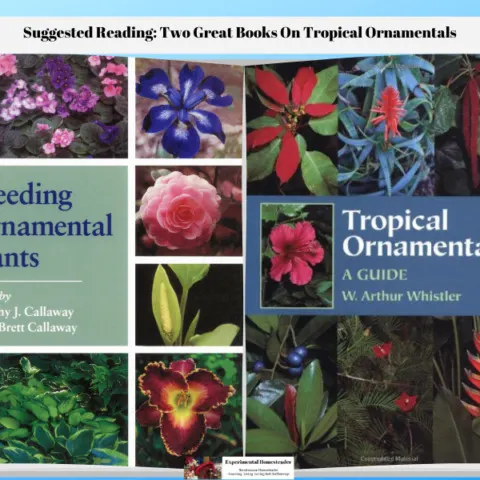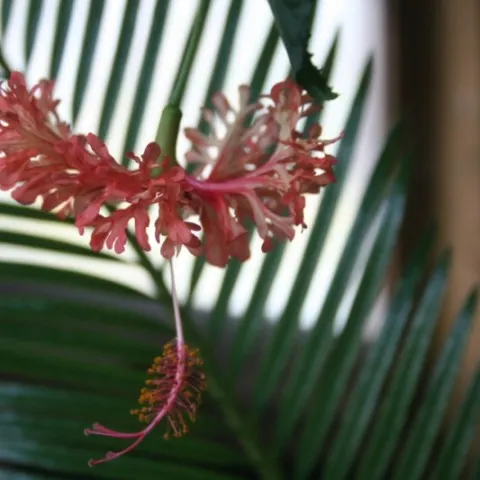This weeks article about growing Tibouchina was inspired by a plant that had both myself and a good friend of mine stumped as to what it was.
On a plant buying expedition at Lowe’s we spotted a gorgeous plant among all the others.
There was only one of these plants and the leaves had a velvety textured appearance.
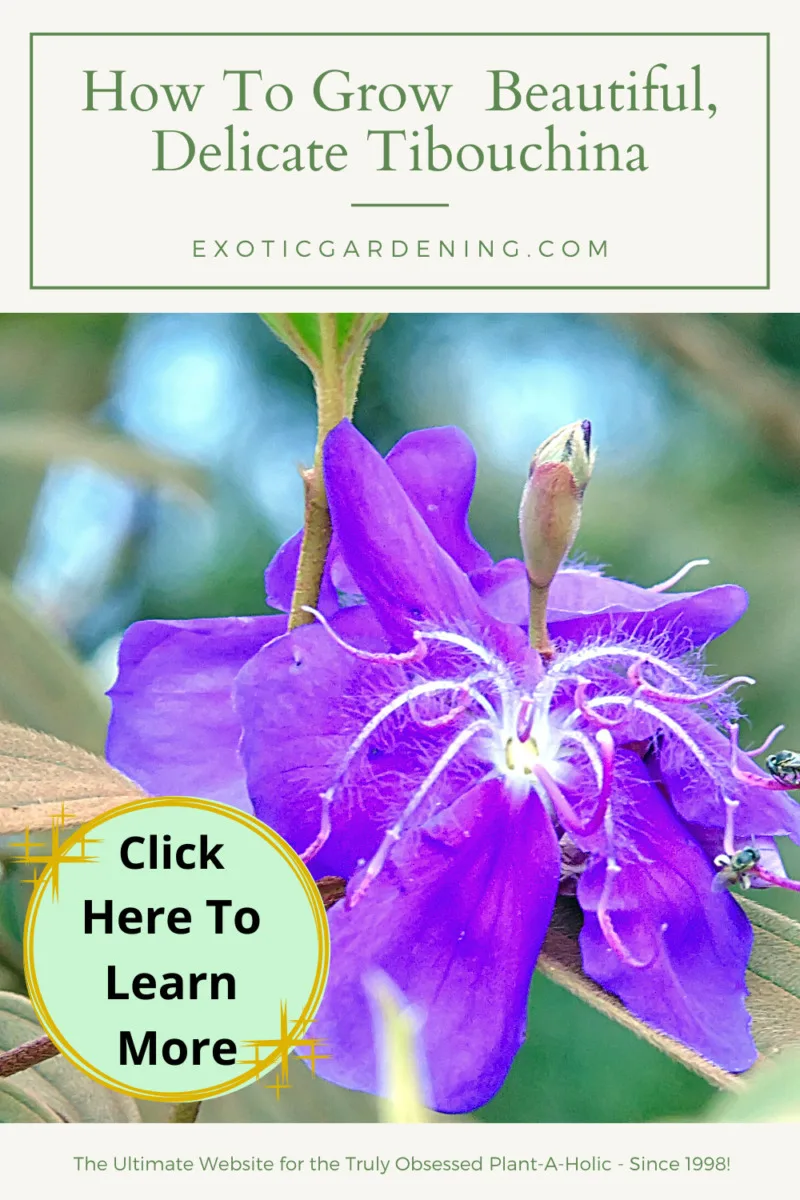
We Bought A Mystery Plant
Of course, at this point in time there were no flowers on it, and no one seemed to know what it was.
Needless to say, my friend decided to buy it and we set out on an expedition to find out what it was.
After months of no clue, I came across an article on Tibouchinas.
Of course, in my haste I didn’t even look at the pictures of the plant.
Now, months later, searching for new material to write on, I relooked at the article, and low and behold, there was a picture of that plant!
The really funny thing about all of this is that the plant has bloomed since she got it, and we still didn’t catch on!
About Tibouchina
Now, I suppose you might be wondering just what a Tibouchina is.
They belong to the Melastomataceae family of which there are about 4000 species worldwide.
Tibouchinas account for close to 350 species, and are mostly found in Brazil, although you might find them anywhere from the West Indies, to Mexico.
They can also be found from Central America to Northern Argentina.
Tibouchinas are mostly grown as trees in tropical regions, although some are shrubs and you can also find climbers.
The problem with the climbing Tibouchinas is the stems are fragile and easily broken.
They need frost-free conditions to thrive, although they are fairly cold-tolerent living in conditions of forty degrees Fahrenheit with some varieties able to withstand temperatures as low as 25 degrees Fahrenheit.

Tibouchina Preferred Growing Conditions
Tibouchinas prefer full sun unless you are growing them in greenhouse conditions or it is unusually hot, in which case they prefer a bit of shade during the hotteset part of the day.
They also prefer light, fertile soil with regular fertilizing and even a bit of compost regularly.
Although some species flower year-round, most have two blooming cycles a year, from June to September and again from December to March.
They should be pruned after blooming to ensure new blooms and keep them full.
These plants are easy to grow in containers for those who do not live in a tropical climate.
The Tibouchina is commonly called the Princess Flower, Glory Bush, or Glory Tree.
Although most flowers of the Tibouchina are purple, you can find both white flowered varieties and pink flowered varieties.
If you have never seen one of these beauties, I highly recommend that you find a picture of one and look closely at it.
It is an amazingly beautiful flower and no garden should be without one in it, even if you only keep it one season.
Flowering Tropical Plants
How To Grow Tacca To Be A Successful Bloomer
The black flowers intrigued me, but the bat plant comes in many colors - brown, white and even green! Learn how to grow tacca from seed to bloom!
Amorphophallus Titanium: Life Cycle And Facts About The Corpse Flower
Learn about the life cycle of the Amorphophallus titanium as well as how to propagate it and some fun facts about this unique corpse flower.
Introducing Brugmansia: A Superior, Fragrant, Nocturnal Plant
Brugmansia trees are highly fragrant, night blooming plants with trumpet shaped flowers. Learn how to care for your brugmansia.
How To Care For Holiday Plants
Have you ever wondered how to care for holiday plants such as the Poinsettia or the Christmas Cactus? If so, then check out this holiday plant care guide
Zantedeschia aethiopica Green Goddess
Learn how easy it is to grow Zantedeschia althiopica Green Goddess from seed by using the damp paper towel method plus seed to bloom time.
How To Grow Heliconia
Learn how to grow Heliconia. Proper plant care is important to keeping your Heliconia healthy and thriving.
Plumeria: The Lei Flower Is A Fragrant, Easy To Grow Houseplant
Learn how to care for your Plumeria in ground and in containers. Because of the winter dormancy period it is ideal for summer containers.
Growing Tropical Plants
The key to successfully growing tropical plants is learning about them. Growing tropical plants is easy once you know their basic needs.
7 Sure Fire, Proven Steps For Successful Orchid Care
Successful orchid care is pretty easy once you understand the seven basic steps the plant needs to thrive in your home environment.
How To Grow Enormous Tropical Bulbs In Containers
Learn how to successfully grow tropical bulbs in containers. Regardless of where you live, there are reasons to grow in containers.
Easy Exotic Houseplants: Tropicals That Thrive Indoors in Containers
Tropical plants are the most beautiful, easy to grow indoor houseplants. Start growing exotic houseplants today that fruit and flower!
Coral Vine (Antigonon leptopus): A Beautiful Yet Invasive Climbing Vine
Explore the allure and challenges of Antigonon leptopus, a captivating climbing vine, and its impact on local ecosystems.
Suggested Reading: Two Great Books On Tropical Ornamentals
Learn about two books on tropical ornamentals. Breeding Ornamental Plants and Tropical Ornamentals are a must read for those who love plants.
How To Grow Mallows
Learn how to grow mallows, a Malvaceae family which includes some of the most popular plants for the home garden, Hibiscus.
Ophrys
Ophrys are a rare group of terrestrial Orchids that grow in the wild and look like insects, especially bees, hence their common name.
Flowering Trees For Fragrance And Beauty
Flowering trees add beauty and fragrance to the garden. There are ones for tropical climates, cold climates and even indoor gardens.
Expert Advice On How To Grow Beautiful Allamandas
Allamandas come in a range of colors, are easy to grow and do well in containers. They also overwinter well indoors in cold climates.
Expert Advice On How To Grow Oleanders
Learn how to grow Oleanders as well as propagation methods. Learn about the toxicity of this plant as well.
Rafflesia Arnoldii
Rafflesia arnoldii produces the largest flower in the world yet this colorful, but strange plant is rare and grows on the rainforest floor.
Tropical Plants In Cold Climates: Overwinter Tropical Plants Or Start Over Each Year From Seed
Tropical plants grown in cold climates look great during the summer outside but many make great houseplants in the winter.
Celebrate Halloween With Night Blooming Plants
A cool way to decorate and celebrate Halloween is with night blooming plants! Create a spooky garden that glows in the dark this year!
How To Grow Tropical Plants
Growing tropical plants - also known as houseplants - indoors is fun and enjoyable plus many of them clean the indoor of pollutants.
It is easy to grow exotic looking plants that produce tropical fruit and colorful flowers in a pot in your living room or office.
Many of these plants are easy to start from seed and I share with you five plants that I recommend for indoor growing.
I also share with you why growing your own tropical fruit saves money.
In this video you will learn:
How to bring tropical plants indoors at the end of summer
How to grow tropical plants indoors
How to protect and overwinter tropical plants outdoors in cold climates
How to propagate tropical plants
How to water tropcial plants
How to grow topical plants in a greenhouse

